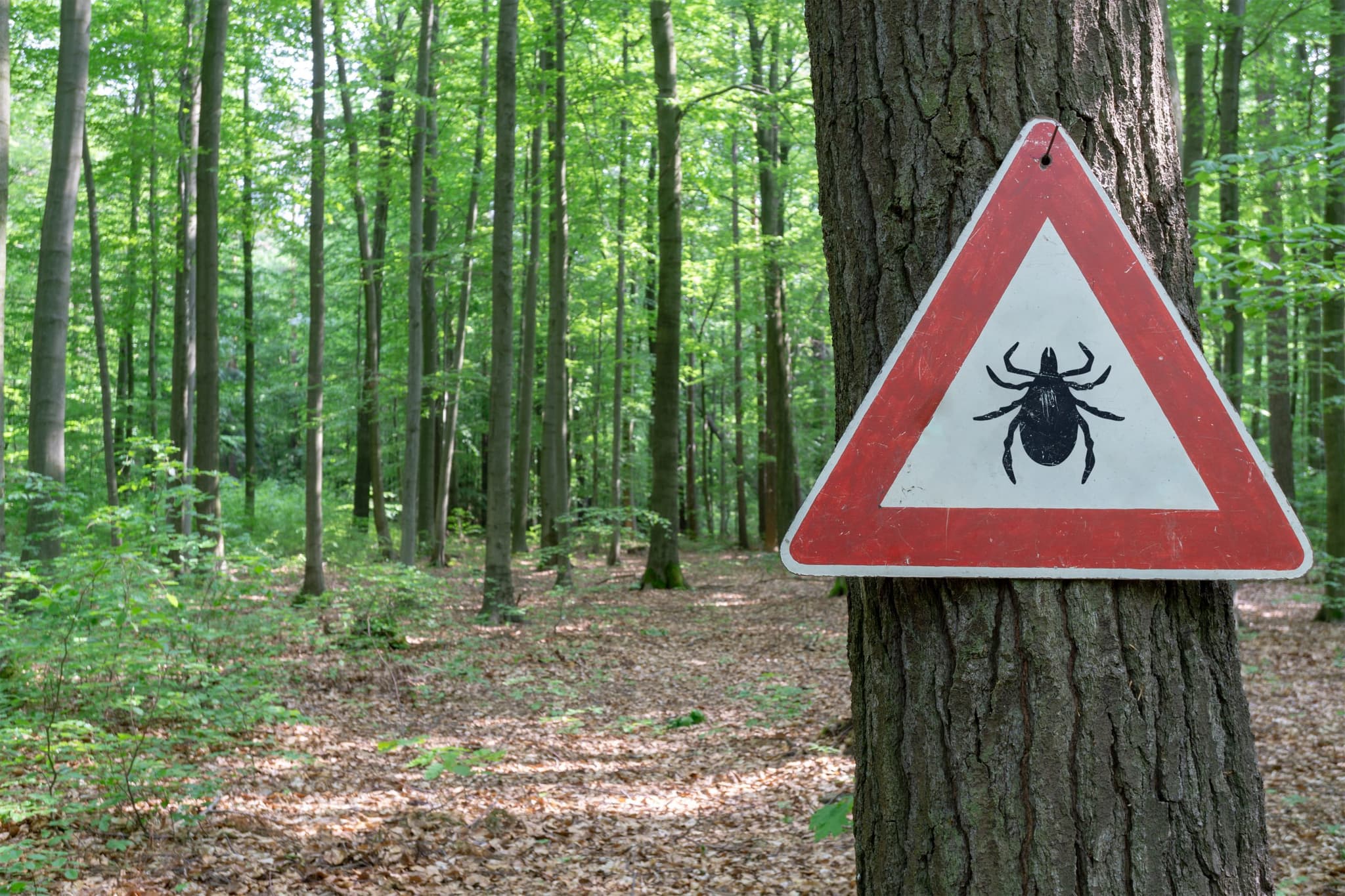
2025-11-21T14:10:25
How to Prevent Gestational Diabetes
- Family Medicine
- Internal Medicine
- OB/GYN
December 26, 2018 | Family Medicine

Before the measles vaccination, approximately three to four million cases of measles popped up in the United States each year. Measles is an extremely contagious respiratory infection that causes flu-like symptoms and a full-body rash. Unfortunately, measles can be fatal—which is why parents should take proactive measures to prevent the virus, such as getting their children vaccinated. To protect your child’s health, parents should know the typical symptoms of measles, warning signs of complications and how to care for their little ones while they’re in the throes of the illness.
Measles spreads easily via direct contact with an infected person. The illness transfers via droplets sprayed in the air by an infected person’s sneeze or cough. The disease is contagious roughly four days before a person develops a rash until about four days after the rash starts. However, the condition is most contagious once the ill person develops a fever, runny nose and cough. Individuals with compromised immune systems may be contagious until they recover completely.
When measles first begins, you may assume that your child has a cold or another standard virus. The symptoms are unalarming and typically include a runny nose, red eyes, fever and cough. After a few days, however, it becomes apparent that the condition is anything but typical. Your child’s cough may become more of a hack, his or her fever will be higher than usual, and you may discover spots inside the mouth, called Kolpik’s spots. These spots are small, red dots with bluish-white centers.
The measles rash, which typically develops several days after symptoms begin, is generally red-brown and starts on the forehead. From there, it will spread to the rest of the face, down the neck, over the torso and to the limbs. The symptoms usually begin to recede after three or four days.
Prevention of measles is simple: get vaccinated. Healthy children receive their first round of the measles-mumps-rubella (MMR) vaccine when they’re 12 to 15 months old. They receive a second dose when they’re between 4 and 6 years of age. Healthy children must get vaccinated on schedule to prevent the spread of the virus, and therefore to protect those with weakened immune systems. The success of vaccines relies on herd immunity, which means those who can get immunized should do so to protect those who cannot.
Unfortunately, there are no specific courses of treatment for measles, so the disease must run its course. If your child contracts the condition, however, you can help alleviate his or her discomfort by doing the following:
Because measles is a severe attack on the immune system, it can lead to additional complications such as croup, ear infections, encephalitis (swelling of the brain) and pneumonia. For these reasons, it is essential that you contact your child’s doctor right away to discuss worrisome symptoms and obtain necessary medical intervention. For most healthy children symptoms, will disappear within 10 to 14 days.
Measles is an extremely contagious and possibly dangerous childhood illness. You can protect your child and others by getting your little one vaccinated as soon as he or she is able. If you have additional questions regarding the prevention and treatment of measles, contact your child’s doctor today.
“Measles.” Mayo Clinic.
https://www.mayoclinic.org/diseases-conditions/measles/diagnosis-treatment/drc-20374862
“Infections: Measles.” Reviewed by Kate M. Cronan, MD, KidsHealth.

WRITTEN BY:
The Live Better Team

2025-11-21T14:10:25

2025-11-03T11:32:24

2025-10-21T11:51:52

2025-08-20T16:07:59
This information is not intended to replace the advice of a medical professional. You should always consult your doctor before making decisions about your health.